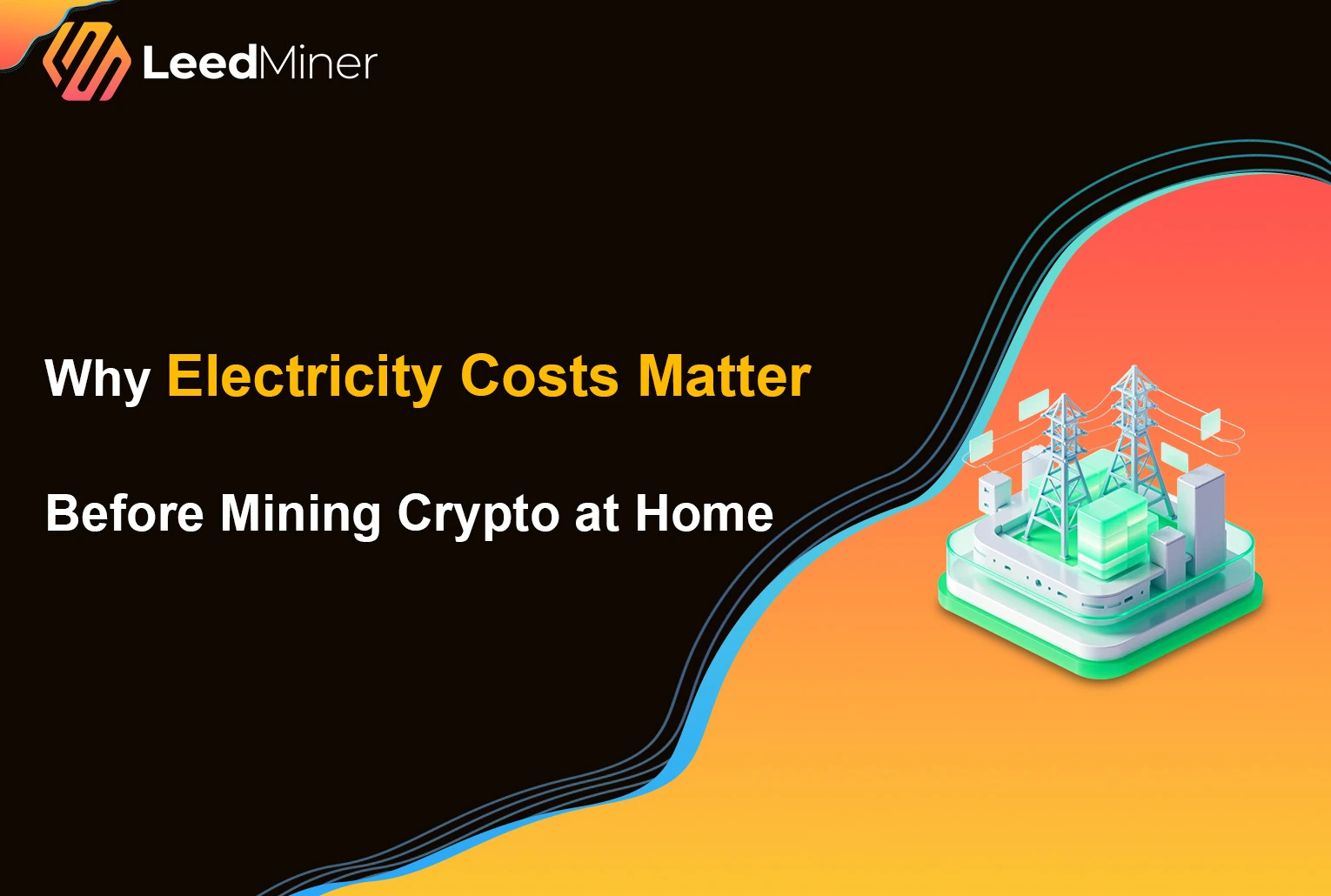SUMMARY
Cryptocurrency mining has become more accessible than ever, and new miners are constantly faced with one key question: Should I mine at home, or should I send my equipment to a hosting facility?
Both options have unique advantages, costs, and risks. In this guide, we’ll compare home mining and hosted mining to help you make the best decision based on your location, budget, goals, and technical comfort.
What Is Home Mining?
Home mining means setting up and operating your own mining machines in a private space—typically a garage, spare room, or even a closet. You’re responsible for everything: power, internet, cooling, noise, and maintenance.
Pros of Home Mining
- Full control: You can monitor, tweak, and access your rigs anytime.
- No third-party fees: No monthly hosting charges.
- Faster setup: Once the machine is delivered, you can start right away.
Cons of Home Mining
- High electricity cost: Most residential power rates are significantly higher than industrial ones.
- Heat and noise: ASIC miners like the Antminer S19K Pro or ElphaPex DG2+ are loud and hot.
- Limited scalability: Space, noise limits, and electrical capacity can quickly become a bottleneck.
- Regulatory risks: In some regions, high-power mining could trigger inspections or utility issues.
What Is Hosted Mining?
Hosted mining involves placing your mining hardware in a professional facility. These centers offer industrial electricity rates, 24/7 monitoring, optimized cooling, and technical support.
You purchase the miner, but instead of running it at home, the facility operates it for you.
Pros of Hosted Mining
- Lower electricity prices: Some hosting services offer rates as low as $0.05–$0.07/kWh.
- No heat or noise at home: Ideal if you live in a residential area or apartment.
- Maintenance included: Professionals handle uptime, firmware, and basic repairs.
- More scalable: Easier to run 10+ machines without space or power concerns.
Cons of Hosted Mining
- Hosting fees: Monthly or annual service charges apply.
- Less direct control: You rely on the provider’s communication and monitoring system.
- Longer machine activation: Shipping, setup, and testing may delay mining start.
Cost Comparison Example
| Metric | Home Mining | Hosted Mining |
|---|---|---|
| Power rate | $0.12/kWh | $0.06/kWh |
| Monthly power (S19K Pro) | ~$390 | ~$195 |
| Hosting fee | $0 | ~$50–$80 |
| Setup/repair | DIY | Included or paid add-on |
| Noise/heat | Yes | No |
In many cases, hosting can cut electricity costs by half, which can significantly affect your return on investment.
Who Should Choose What?
You should mine at home if:
- Your local electricity rate is under $0.08/kWh.
- You enjoy hands-on technical work.
- You’re only operating 1–2 rigs and don’t mind the noise.
- You want to learn how mining works before scaling.
You should choose hosting if:
- Your electricity costs are high.
- You want a plug-and-play mining experience.
- You’re scaling up to multiple machines.
- You want professional management and higher uptime.
Common Questions
Is mining hosting safe? Yes, as long as you choose a reputable provider with SLAs and transparent monitoring.
Can I visit or check my hosted miner? Most providers offer remote dashboards, and some allow in-person visits by appointment.
Can I start at home and move to hosting later? Absolutely. Many miners start at home, then migrate to hosting when expanding their operations.
Conclusion
Both home mining and hosted mining have clear benefits, but the right choice depends on your personal goals, location, and technical ability. If you’re just starting out, home mining gives you valuable hands-on experience. But for serious profitability and scalability, hosted mining often provides better long-term value.



